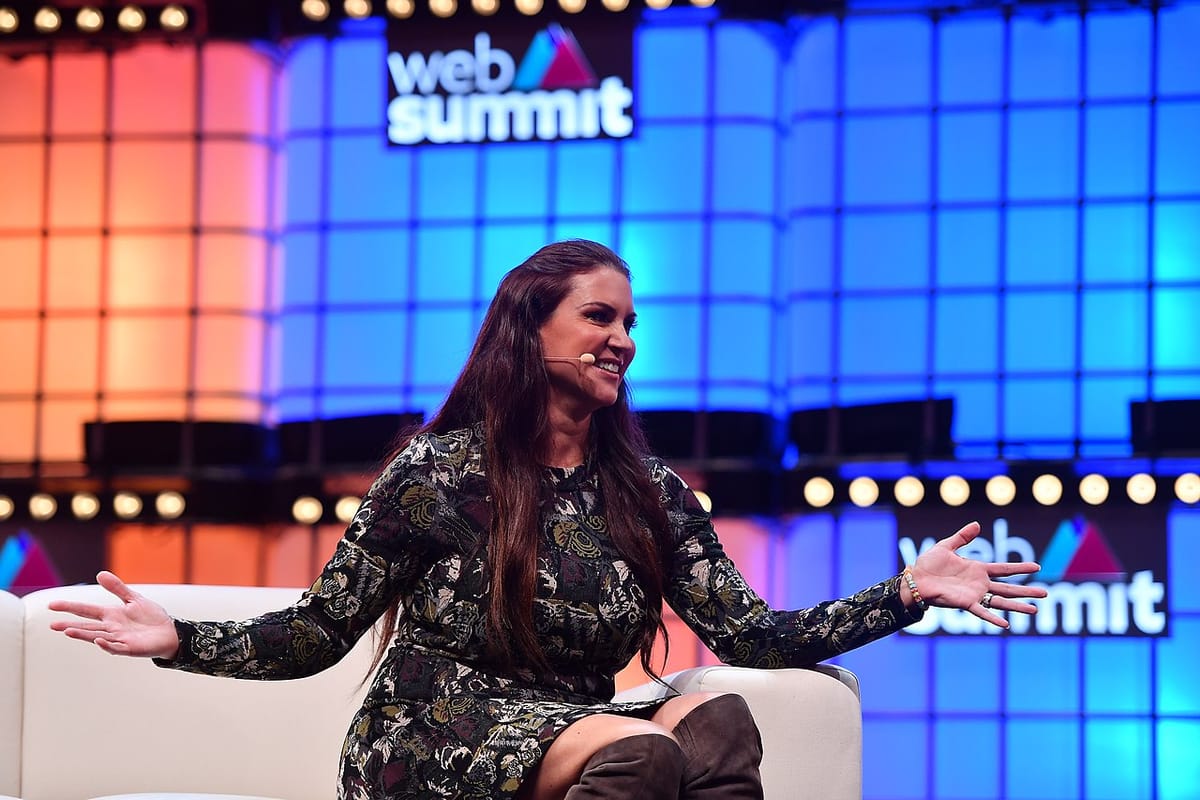At CES 2021, Discussions on How Sports Industries Adapted to Meet Fans Virtually
January 12, 2021 – The future of sports and how brands engage fans utilizing digital tech is ever-evolving, given the COVID-19 pandemic. In an event dedicated to the relationship between sports and technology at the 2021 International Consumer Electronics Show, four-time Olympian in ice hockey and
Derek Shumway

January 12, 2021 – The future of sports and how brands engage fans utilizing digital tech is ever-evolving, given the COVID-19 pandemic.
In an event dedicated to the relationship between sports and technology at the 2021 International Consumer Electronics Show, four-time Olympian in ice hockey and CEO and co-founder of Sports Innovation lab Angela Ruggiero moderated a discussion on how sports leaders have met the challenge of keeping their fans’ attention during the COVID-19 global pandemic.
She hosted Women’s National Basketball Association Commissioner Cathy Engelbert, National Hockey League Commissioner Gary Bettman, and World Wrestling Entertainment Chief Brand Officer Stephanie McMahon.
It is no secret that the COVID-19 pandemic has caused significant disruptions to the sports industry – from ending seasons early and emptying stadiums to forcing teams to forfeit matches altogether – due to players and staff testing positive for COVID-19. Engelbert said that “a crisis tends to accelerate and deepen issues that existed before the crisis, but it’s also an opportunity to fix those weaknesses” and innovate.
The WNBA took advantage of these disruptions by holding the first-ever virtual draft. Using augmented reality with Snapchat, coveted gift boxes filled with WNBA swag and a personalized Snapchat message from Engelbert welcomed new players. The official WNBA app had immense resources poured into it during 2020, including a new ‘tap to cheer’ feature, allowing fans to compete with other fans in sending virtual cheers for their favorite teams.
According to Engelbert, immersive media translates to core growth and more robust partnerships. This interactive cheer feature resulted in an 85 percent increase in year-over-year average mobile app downloads that created 140 million virtually tapped cheers sent on the app.

McMahon noted that it was evident among the WWE that it was “never a question of whether we will continue the show, but how.” Early challenges in presenting content that would keep fans entertained ended up playing a significant role in WWE’s digital success.
At first, since there were no fans or audible audience, we didn’t want to pipe in audio to lose the authenticity of the events, McMahon said. But when mixed with different technology like inserting live commentary or installing a virtual audience in the Thunder Dome, piping in sound enhanced the whole experience positively, she added.
The disruptions of 2020 allowed WWE to harness the power of augmented reality and even employ pyrotechnics and drones. Investing in e-commerce sales was so successful that it even offset losses in merchandise sales. McMahon advised that for anyone seeking to keep their fans, content must be continuously growing, fans must be reachable anytime, and flexibility is critical.
Bettman agreed that COVID-19 has and continues to change the way people consume sports. Sporting events are one of the few events people watch live anymore, and people do have a desire to return to the stadium or field and watch in-person again.
According to Bettman, producing content for NHL fans showing the lives of athletes behind the scenes was crucial to better connecting with fans.
The NHL also implemented “puck and player” tracking technology which generates more data, allowing for an immersive connective experience, especially popular among younger fans.
Bettman focused on the importance of returning to play and watch in-person, saying “we must be agile, flexible, and consider every option conceivable.” He added that it is a top priority to “finish the season while protecting the health and safety of players, personnel, and communities.”









Member discussion